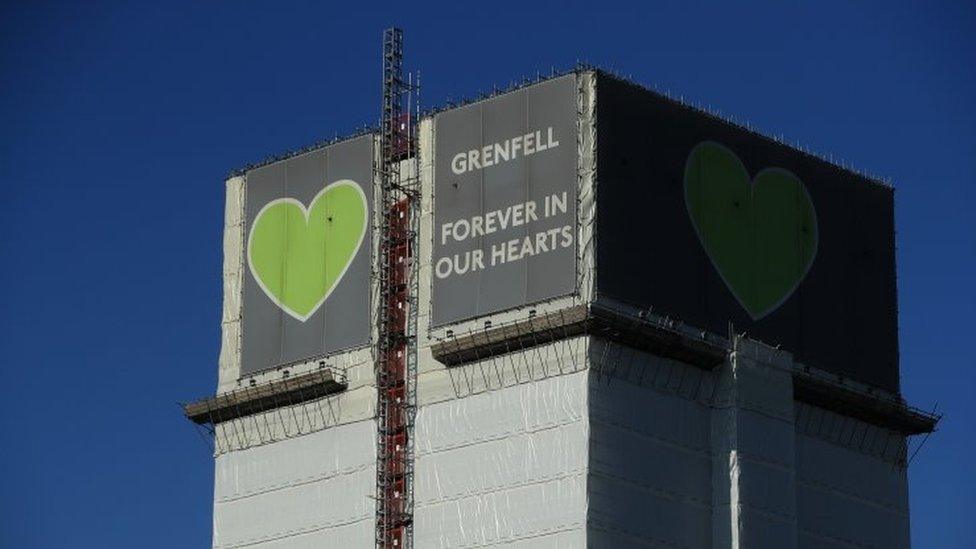Grenfell Fire: Cladding firm 'confused' by safety rules
- Published
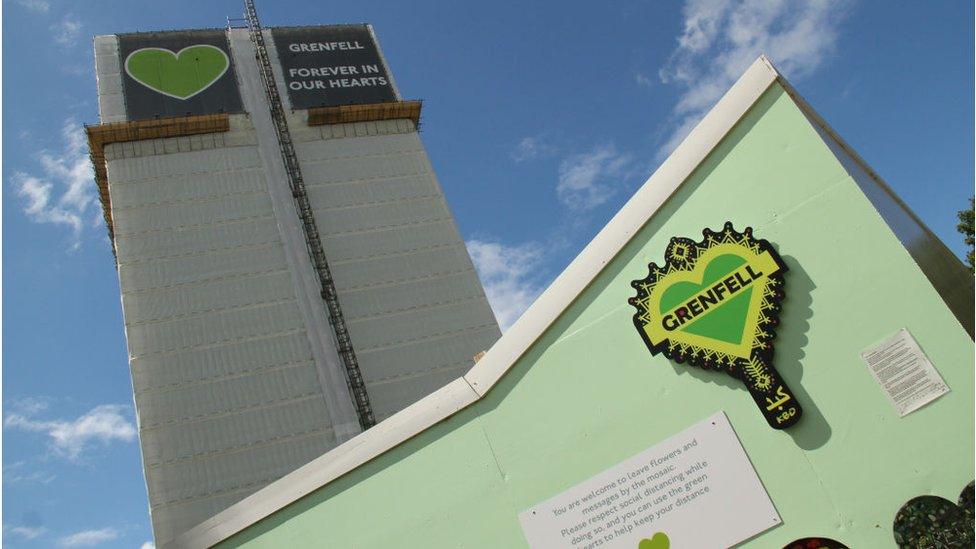
The fire safety guidance for what materials could be used on Grenfell Tower was "confusing", the director of the company which installed the cladding has told an inquiry.
Ray Bailey, director of Harley Facades, said there was "quite widespread" confusion in the building industry at the time of the refurbishment.
The cladding has been blamed for fuelling the fire at the tower block.
The inquiry into the fire, which killed 72 people, is in its second phase.
It is now looking into how the 24-storey tower in west London came to be covered in such cladding during its refurbishment between 2012 and 2016, before the fire on 14 June 2017.
The inquiry is investigating whether the confusion about fire ratings was one of the reasons dangerous cladding and insulation was used to refurbish the tower.
Mr Bailey said he had a "misunderstanding" about which materials were approved for use on tall buildings.
One section of the guidance for meeting the government's building regulations stated that materials used on towers above 18m needed to have a Class 0 (zero) rating, though another European classification was equally acceptable.
The government has always insisted that another section of the guidance required the insulation used in cladding systems to be of "limited combustibility" as well.
Under questioning, Mr Bailey said he had believed at the time that if the materials were Class 0 "throughout" this also meant they were also classed as being of "limited combustibility" - in other words, less likely to burn.
However, Class 0 is only a classification of the way the surface of a product such as cladding resists the spread of flames, not its overall combustibility.
The insulation panels used on Grenfell Tower were rated Class 0, but were not of limited combustibility. Neither was the cladding, Reynobond PE, which had a core made from flammable plastic.
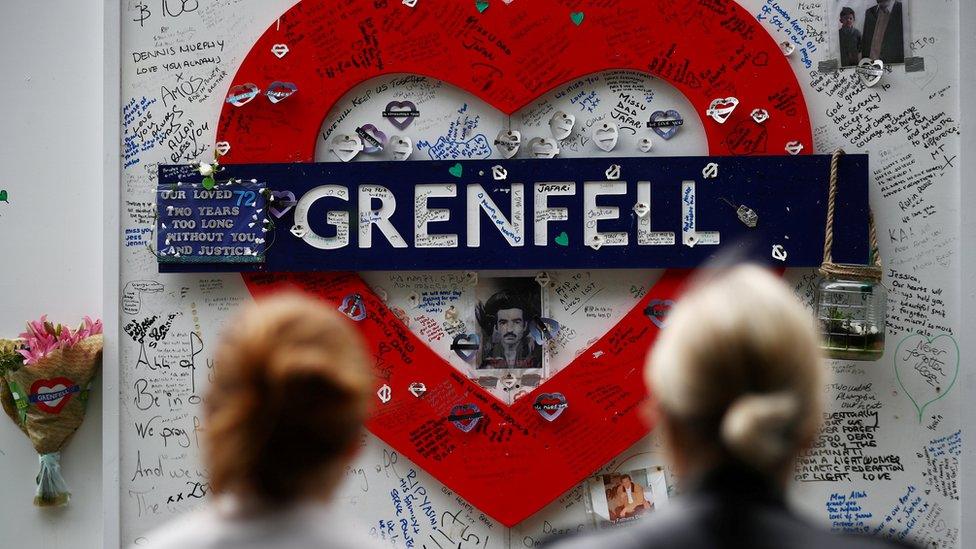
The inquiry also heard that the manufacturer of the cladding - Arconic - had tested various configurations of its product in 2013, and found they had achieved poor ratings for fire safety.
The product performed worse when it was shaped into "cassette" boxes, the design used at Grenfell Tower.
According to a manager's statement, shown at the inquiry, one test had to be stopped due to a 'flash-over', meaning the cladding could only be rated E, out of a possible A to F.
The tests were first revealed following a BBC investigation in 2018, which found the company did not pass the results to the body which issues product certificates in the UK, relied on by the building industry.
The certificate for Reynobond PE, the cladding used at Grenfell, stated it had a class B rating.
Arconic sent Mr Bailey this certificate in April 2014, as the materials for Grenfell were being chosen, but made no mention of the poor test results in the covering email.
Mr Bailey told the inquiry he was unaware of the tests.
The role of the manufacturer will be examined when it gives evidence later in the inquiry.
The inquiry continues. A separate government consultation on plans to improve fire safety regulations, external is due to close on 12 October.
- Published8 September 2020
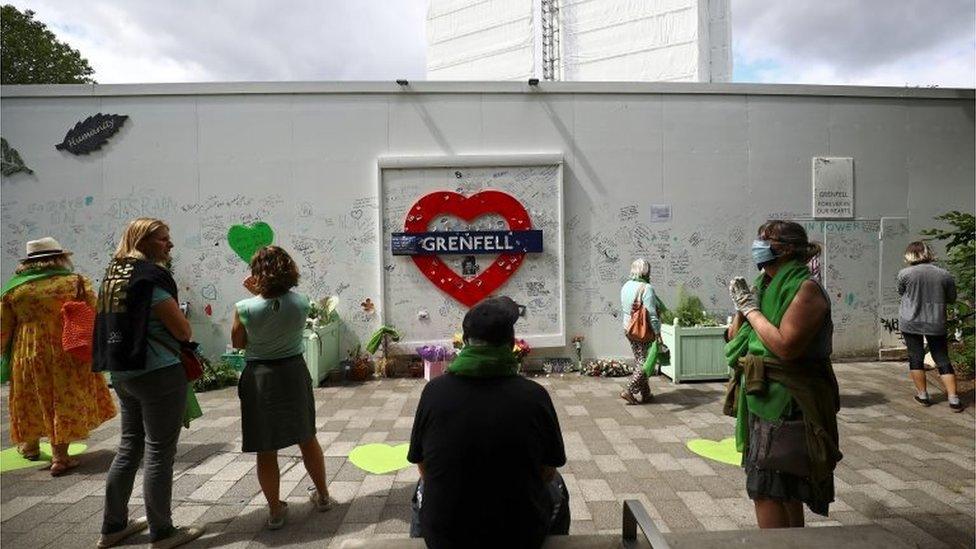
- Published14 June 2020
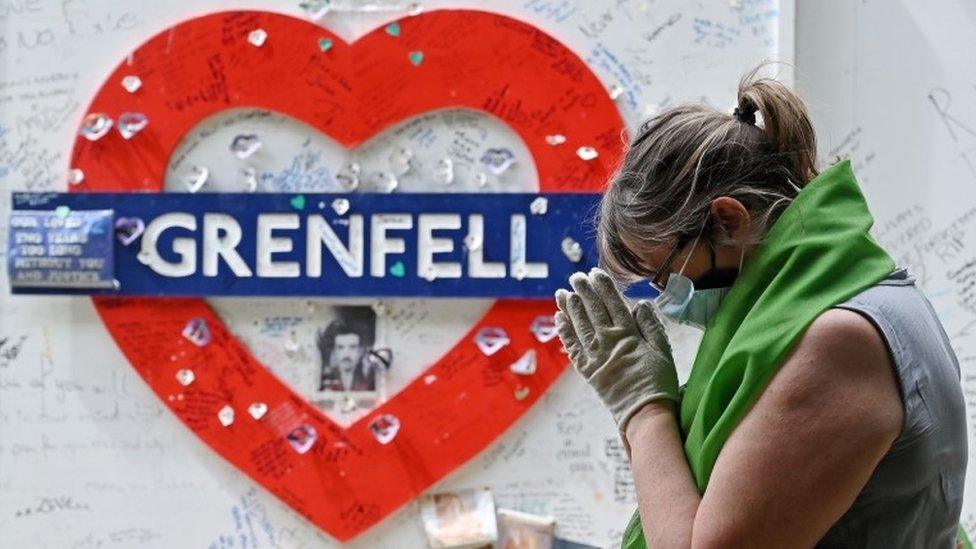
- Published10 June 2020
